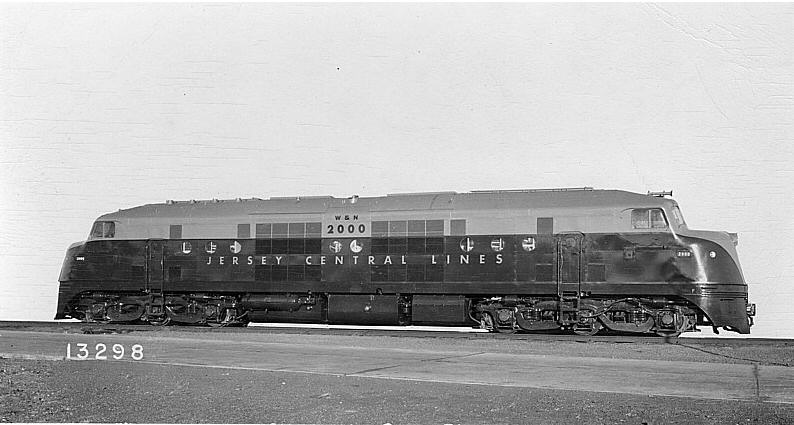LOCO.jpg
Seems like in the US we totally avoid an option which might just be a better solution in many respects. Why don't we use more two-headed bidirectional diesel locomotives? Simple run around tracks could be built or possibly even available in many cases.
Now you have ONE engine per train instead of overpowering a short train with two locomotives. You have the ability to add a revenue coach by removing a trailing engine or cabbage which increases income. You avoid the costs of building a wye if you even have the room to do so.
Why do we completely avoid this concept? Routes like the Downeaster is an example where this would work well.
Seems like in the US we totally avoid an option which might just be a better solution in many respects. Why don't we use more two-headed bidirectional diesel locomotives? Simple run around tracks could be built or possibly even available in many cases.
Now you have ONE engine per train instead of overpowering a short train with two locomotives. You have the ability to add a revenue coach by removing a trailing engine or cabbage which increases income. You avoid the costs of building a wye if you even have the room to do so.
Why do we completely avoid this concept? Routes like the Downeaster is an example where this would work well.

